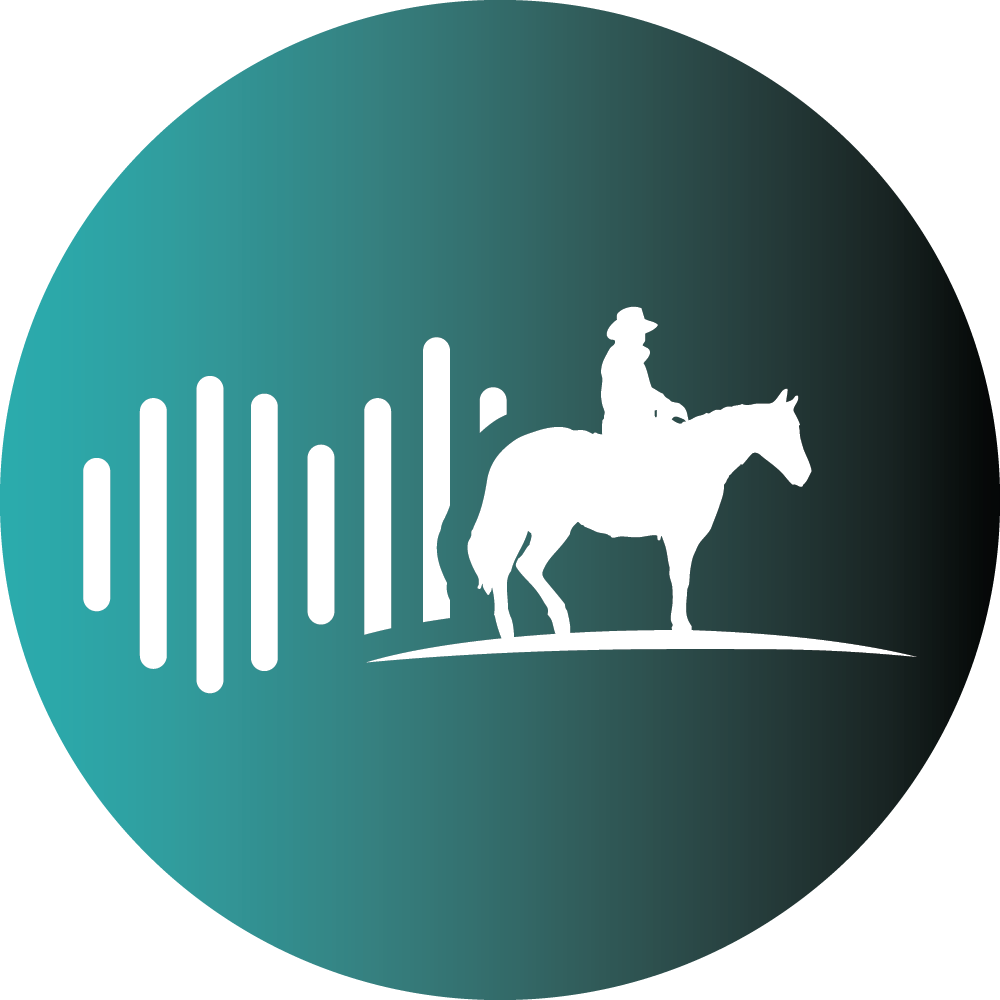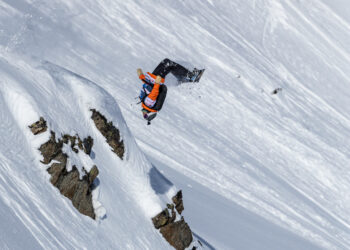Gaining avalanche knowledge for safe travel in the backcountry
By Mira Brody EBS STAFF
TOBACCO ROOT MOUNTAINS – The rhythmic sound of 10 sets of skins bounces off the limber pines as we glide along a narrow track of packed snow. Under clear sunlight, pillowy powder is mounded across the imposing peaks of the Tobacco Root Mountains which welcome us into their embrace. We will eat, sleep and work in this wild landscape for three days of undistracted, immersive learning.
I am one of eight students and two guides with Big Sky Backcountry Guides who are on their way up the 2.5-mile, 1,600 elevation gain skin to the Bell Lake Yurt to achieve our Avalanche 1 certification.
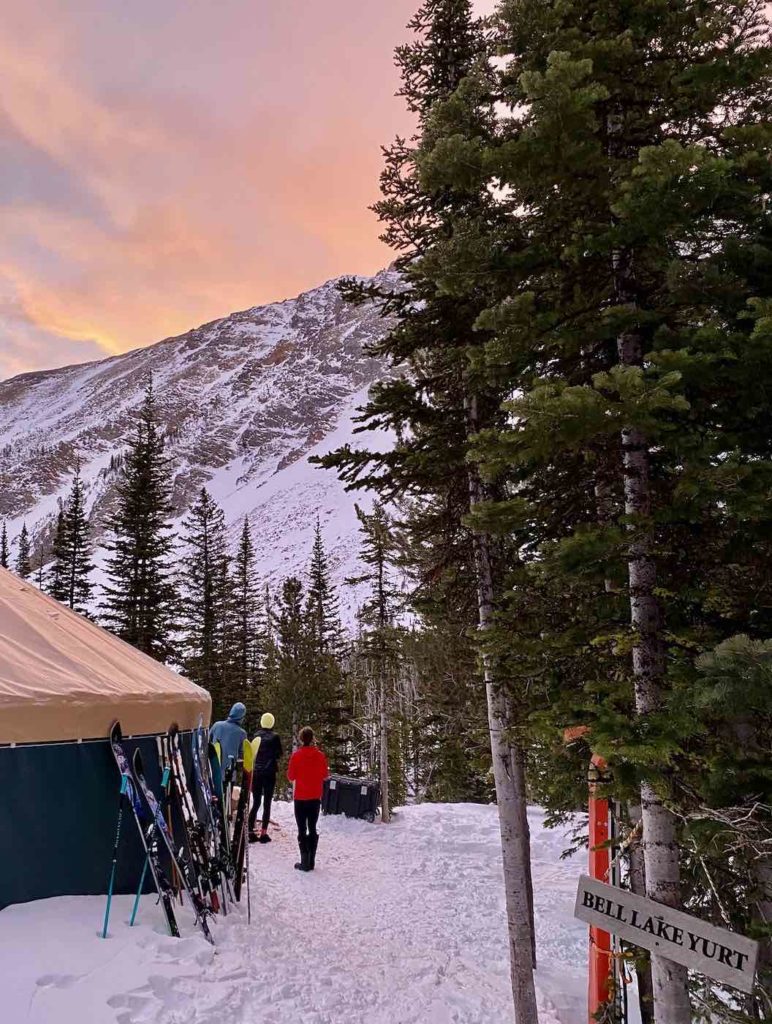
For those who recreate during the winter in southwest Montana’s mountain ranges, avalanches are a very real threat. The 2020-21 winter season saw a record-matching mortality rate, with 36 avalanche-caused deaths recorded in the U.S. Two occurred in Montana, one locally in Beehive Basin. Winter backcountry sports is a game of risk versus reward—the pull of those wide-open mountains of fresh powder you earn, weighed against the risk of losing a friend, or your own life.
A yurt permit has existed in the Tobacco Roots for around 40 years under various ownership. Drew Pogge, owner and lead guide of BSBG has skied the Tobacco Roots for years. He was a patron of the yurt while on assignment with Backcountry Magazine in 2002 when he jokingly asked the owners if they were looking to sell.
What started as a joke turned into reality in 2008 when Pogge—who was teaching at Montana State University at the time and looking for a career change—was offered the sale. He saw an opportunity to bring the yurt to life, and went to work updating its functionality so it could be used as a classroom and comfortable place to enjoy the backcountry.
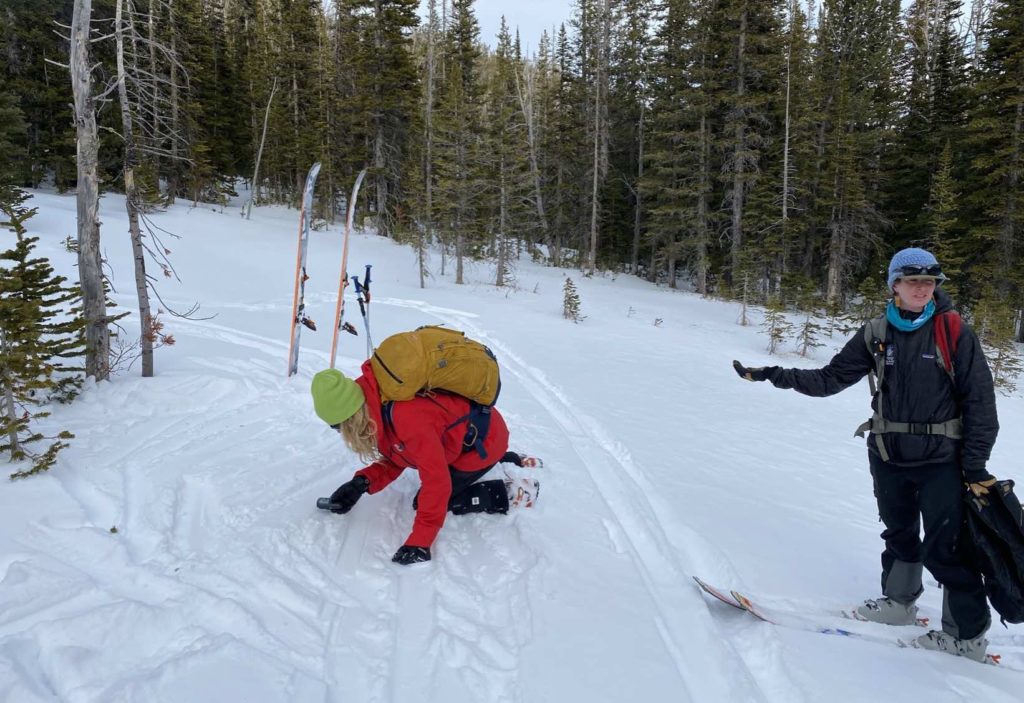
Now in its ninth season with Pogge and BSBG, the Bell Lake Yurt has been the hub through which many adventure-seekers have gained the knowledge necessary to stay educated and safe in the beautiful, treacherous mountain ranges of Montana.
“I’ve been avalanched a couple times in my career as a skier,” Pogge said. He’s a longtime member of the American Avalanche Association, a nonprofit devoted to avalanche safety education and outreach, and has taught avalanche courses for most of his life.
“Once I sort of figured it out and sought out education elsewhere, it opened my eyes to not only how dangerous the backcountry can be but also how easy it is to manage once you get the proper education,” Pogge said.
As we approach the yurt, our guides pause and point to a ridgeline jutting off from the prominent Long Mountain. The slope will be the site of our education and we will later learn it’s between 34 and 45 degrees steep; prime avalanche terrain. One of the guides, Shannon Regan, explains there was a fatality here back in 2019 due to a persistent weak layer that slid, throwing two of the four men on a self-guided tour down the mountain, killing one and severely injuring the other.
“The mountains are pretty good at smacking us down and reminding us of who is in charge.”
Drew Pogge, Big Sky Backcountry Guides, owner and lead guide
Between one and two tons—according to our guides, that’s the average amount of snow you’ll be shoveling to retrieve a buried partner after an avalanche. The gravity of that statistic weighs on our minds during day two of our course. We’re standing along the side of the mountain we’ve just skinned up in snow pits we’ve dug. The crest of each pit reaches the tops of even the tallest student’s head and wind gusts peak at around 45 mph. My fingers and toes are completely numb.
Inside our pits, we conduct a series of snow stability tests: identifying weak layers by poking the snow with your fingers, hand and fist; the compression test, a series of methodic arm taps atop a shovel; and the extended column test, pulling an isolated snow column toward you to see where exactly it breaks free. All of these tests gather data about the characteristics of the snow and ultimately help determine our decision about whether or not the snowpack is safe to ski on.

While there are many courses that offer the same information, there’s nothing quite like being in the mountains while doing it. The two-mile-long skin up to our practice site raises the stakes and makes the rescue drills feel that much more real.
“As soon as you step out of the yurt, you’re in avy territory,” Pogge said. “It’s virtually impossible to show people how to travel in avy terrain if you’re not in avy terrain. You can’t approximate it in a parking lot or ski area. It’s about practicing traveling through it with guides who can explain the real questions you have as they come up.”
Although he doesn’t think we’ll ever reach the point where no one dies in the backcountry, the good news, says Pogge, is that even with the explosive growth of recreation since the 1990s, deaths statistics have remained relatively flat, which he calls “a huge win for avalanche education and safety.”
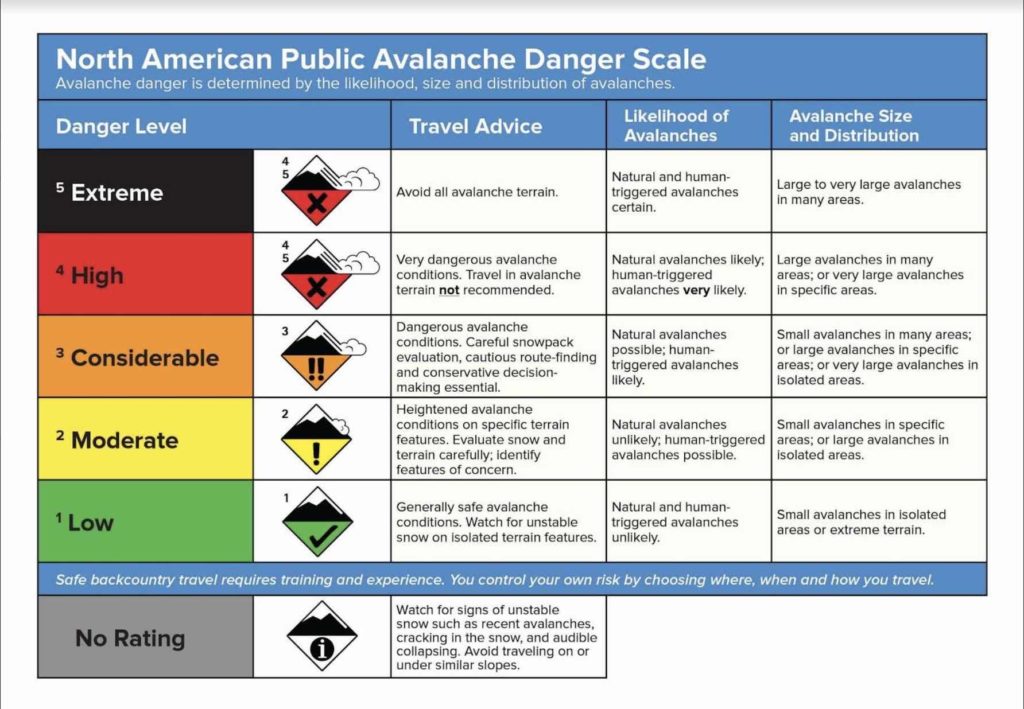
Later that night we sit huddled around the yurt dinner table, warm mugs of tea and coffee cupped in our hands. Regan is in the kitchen prepping garlic bread for roasting while marinara sauce bubbles away in a large pot. After a long day on the mountain, the smell of fresh, homemade food is infectious.
Our second guide, Nicolas Westfall, is at the head of the room with a whiteboard in his hand, teaching us about the human factor of avalanche risk. While snowpack and weather are all very important datapoints when mitigating risk in the backcountry, it is sometimes the decisions we make as humans that determine whether an outing turns deadly.

Pogge says a reoccurring theme with every avalanche report he studies in the U.S. is that they are mostly completely predictable based on that human factor. It’s our job to be informed and use our own judgment to recognize unstable conditions before they cause a fatality. According to Pogge, a lot of avalanche fatalities involve highly experienced people, and as we develop better, lighter, faster gear, our risk only increases.
“Humility is one of the biggest things that keeps people in the mountains long term,” Pogge said. “That’s something I’ve definitely learned as the cocky 18-year-old moving to Bozeman thinking I’m going to be a badass in the mountains. The mountains are pretty good at smacking us down and reminding us of who is in charge.”
On our final day at the yurt, our class stands on a small ledge called Picnic Bench with Upper Peanut Butter Bowl above us. The frozen Bell Lake glistens below and the sun threatens to peek through the otherwise overcast skies. We munch on sandwiches as we transition from uphill to downhill gear. A long morning of planning—mapping out our route, checking the weather and avalanche forecast, and packing the appropriate gear—preceded our arrival to Picnic Bench.

“Learning about avalanches is a lifelong endeavor,” Pogge said. “Every time I go out, I learn something new about the snow or mountains or myself … really the idea is to get better every day. These are perishable skills.”
We clip into our bindings and take turns snaking our way through the fresh, untouched powder down to our meeting spot by the shore of the lake. The lessons we’ve learned—the meticulous preplanning and decision-making and intricacies of snow science—are fresh in our minds as we take flight down the mountain, leave the yurt one last time and ski down to Petosi Campground where society awaits once more.







